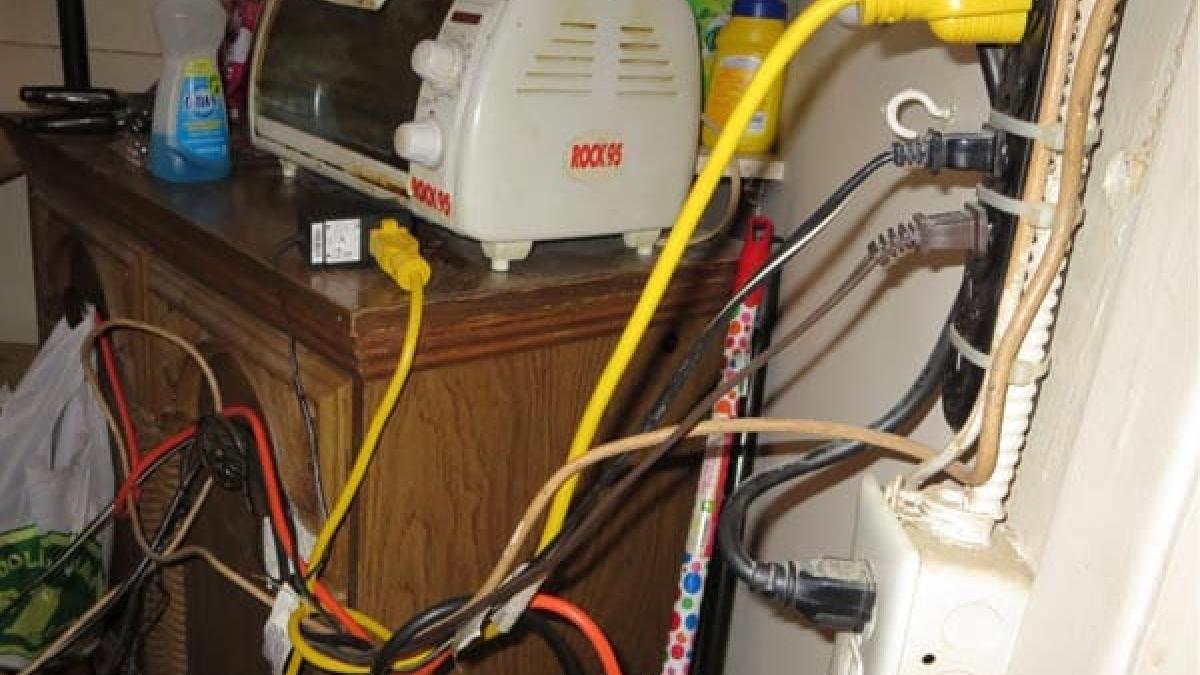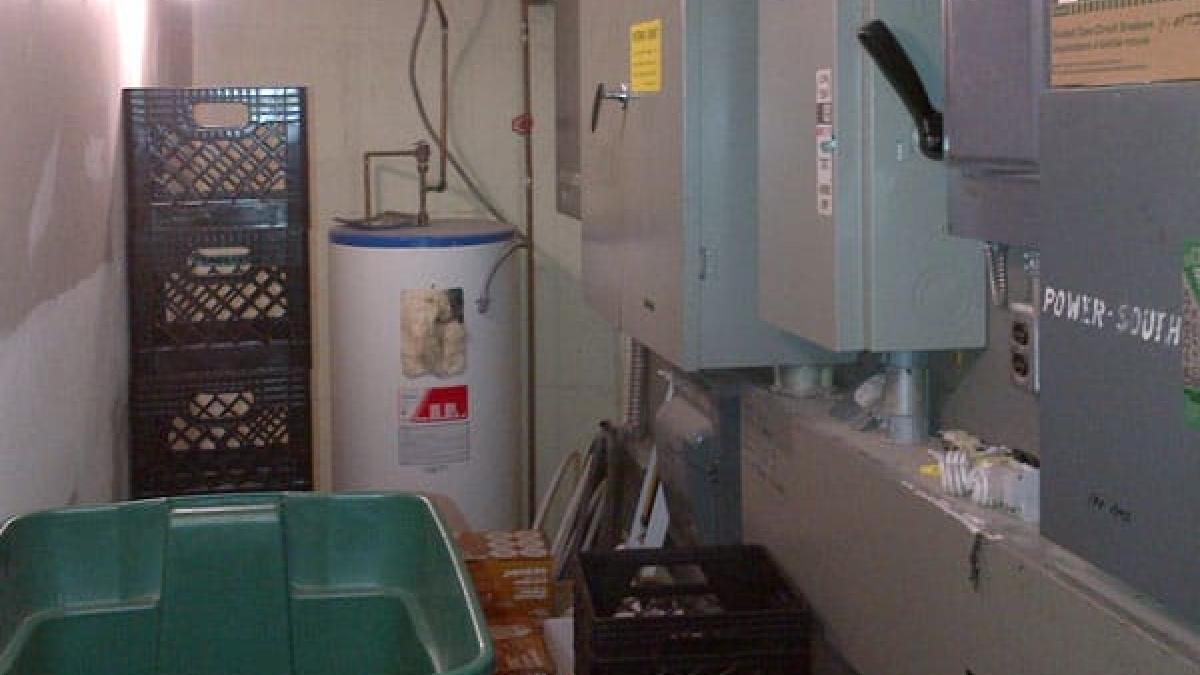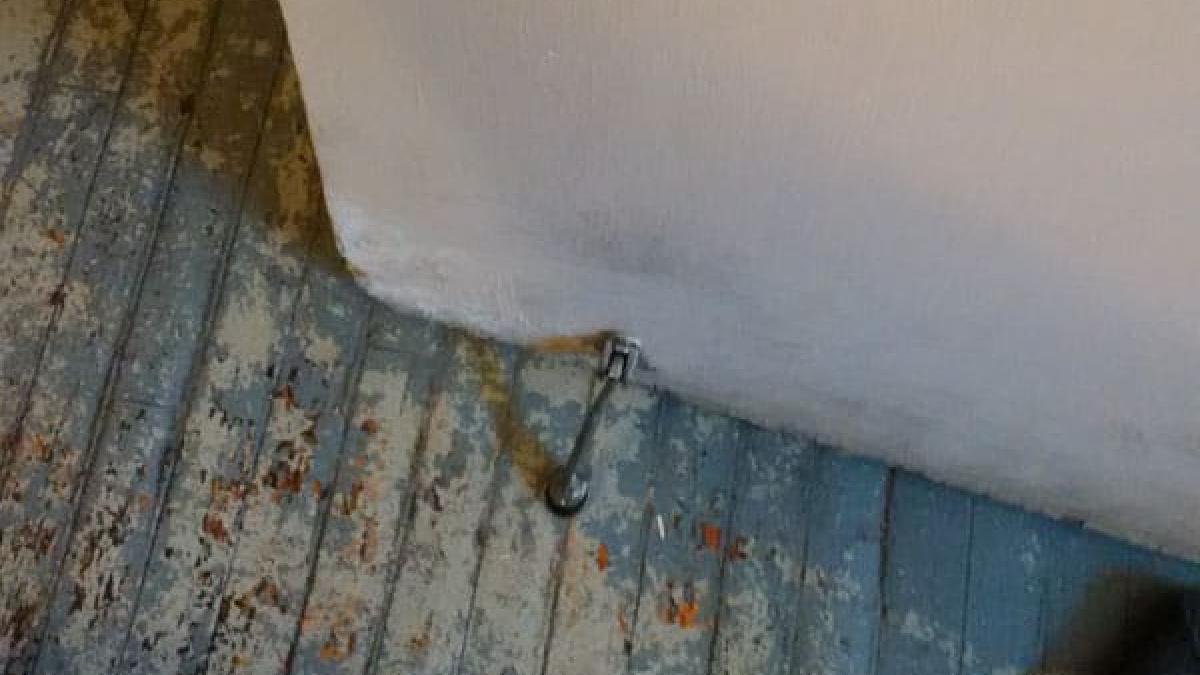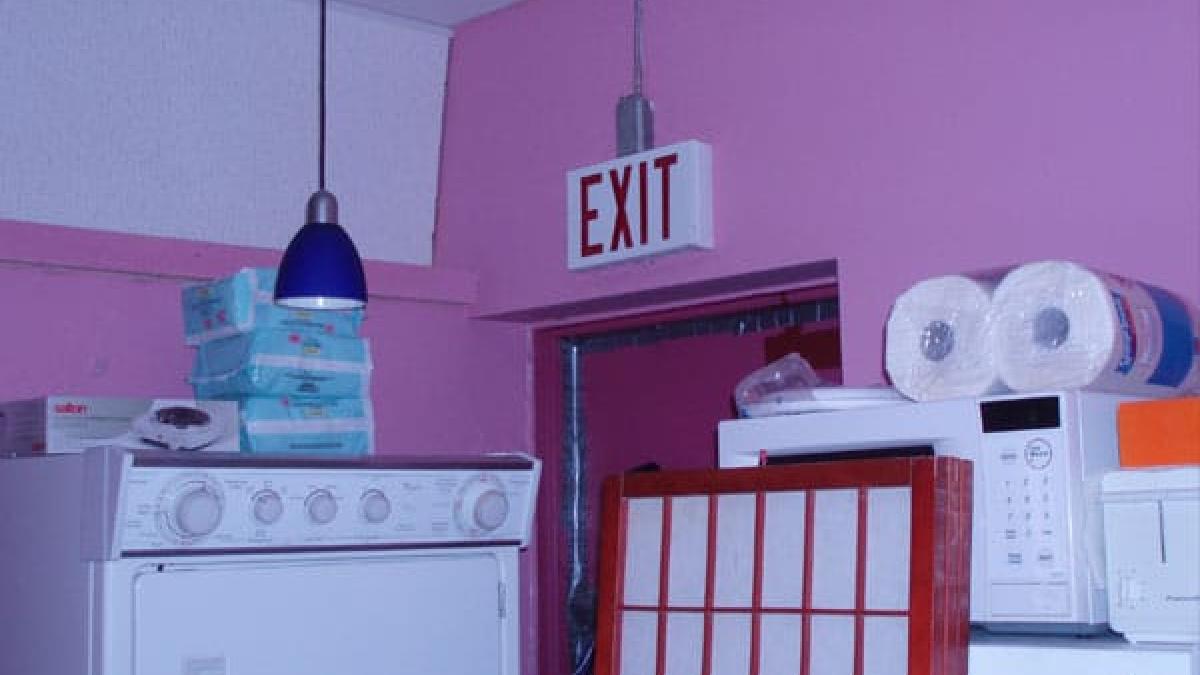When it comes to fire safety within rental dwellings, both tenant and landlord have responsibilities under the Ontario Fire Code and both parties can be charged with offences.
The Ontario Fire Code requires any landlord or commercial property owner to be responsible for carrying out the provisions for fire safety and defines the owner as "any person, firm or corporation having control over any portion of the building or property under consideration and includes the persons in the building or property". The owner may therefore be any one of or a combination of parties, including building management, maintenance staff and tenant groups.
Rental Housing
Landlords must know what type of residency they are operating. Types include:
- single family dwellings
- apartment buildings
- two-unit or second suite occupancies
- boarding lodging and rooming houses
Each type of occupancy must meet the City’s Zoning and Property Standards by-laws and may require a business licence, and each has different building requirements for fire safety (fire separations, numbers of exits, types of doors, types of alarm systems, etc.).
It is important to know when the building was constructed and under which version of the Ontario Building Code it resides. This code provides the standard to which the building was built. Those minimum standards must be maintained and/or upgraded to meet the Ontario Fire Code.
It is the landlord's responsibility to keep things maintained and ensure the building complies with the Ontario Fire Code. There is zero tolerance in Ontario for fire code violations, for which a landlord can be fined immediately. Fines for not having proper fire code maintenance requirements can be up to $50,000 and/or up to a year of imprisonment. A corporation convicted of a fire code offence is liable for a fine of up to $100,000.
Prevention Responsibilities
Being a landlord is not an easy job; they must make a schedule of items to check regularly and make sure tenants are keeping up their end of the bargain by not damaging the property and treating it as a home.
Common Violations (Prevention)




Detection Responsibilities
By law, all Ontario homes must have a working smoke alarm on every storey and outside all sleeping areas. This applies to single family, semi-detached and town homes, whether owner-occupied or rented. Landlords are required to provide working smoke alarms; tenants are required to maintain those alarms in working condition.
By law, all single family homeowners and property owners in buildings that contain no more than 6 suites are required to have a working carbon monoxide (CO) alarm outside all sleeping areas. The only exception: a home that is completely run on electricity, has no wood fire appliances and doesn’t have an attached garage. Residential occupancy owners of buildings with more than 6 suites had until October 15, 2015 to comply.
Maintenance Requirements
- Alarms must be tested monthly.
- Alarms must be maintained in operating condition at all times.
- Alarms must be installed according to manufacturer’s instructions.
- Alarms must be replaced within the timeframe indicated by the manufacturer’s instructions.
- When you are replacing an alarm it shall not provide a lower level of protection than what was required by the building code as read on the day the building was constructed (for example, a hard-wired smoke alarm cannot be replaced by a battery-powered one).
Common Violations (Detection)
Tips for Landlords
Escape Responsibilities
A fire safety plan is required and has been developed in accordance with the Ontario Fire Code. The plan is designed to provide occupant safety in the event of a fire and effective use of fire safety features of the building, and to minimize the possibility of fires occurring. Tenants should be provided with an escape plan, even if generic, for their particular space in the residence. This can then be modified to work with any specific needs.
Fire safety plans should be designed to suit the resources of each individual building or complex of buildings and must be acceptable to the Municipality's Chief Fire Official. These plans are intended to:
- Assist the owner of a building with the basic essentials for the safety of all occupants.
- Outline what occupants are to do in the event of a fire, fire safety practices, supervisory staff and related duties, and other related issues.
- Ensure an orderly evacuation at the time of an emergency and to provide a maximum degree of flexibility to achieve the necessary Fire Safety for the building.
- Assist firefighters in the performance of their duties during an emergency by providing floor plans, building information and occupant information.
Common Violations (Escape)




Frequently Asked Questions
Did you know?
If a rental unit has battery-operated smoke alarms, the landlord must install and provide batteries for them, and ensure batteries are changed.
